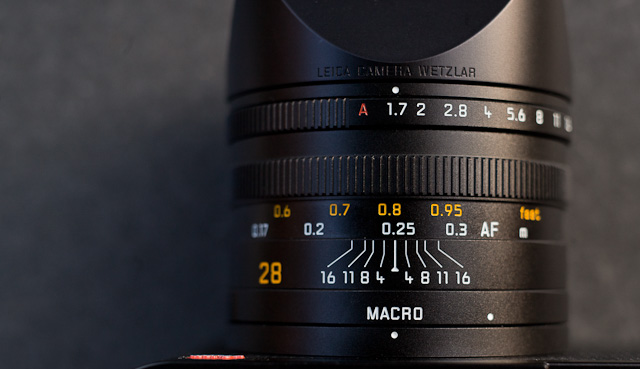

- #Leica acquire scale bar how to
- #Leica acquire scale bar software
- #Leica acquire scale bar plus
- #Leica acquire scale bar professional


Due to its small size, Spot-Label is optimal for effective labeling with minimal fluorophore displacement for super-resolution microscopy.
#Leica acquire scale bar plus
Spot-Label is much smaller compared to conventional primary plus secondary IgG antibodies (IgG complex). Immunofluorescence of Spot-tagged proteins with anti-Spot Nanobody conjugated to fluorescent dye. STED images were recorded at the Core Facility Bioimaging at the Biomedical Center, LMU Munich.Īnti-Spot-Tag VHH/ Nanobody conjugated to fluorescent dye for immunofluorescence, microscopy, and immunoblotting of Spot-tagged proteins Description
#Leica acquire scale bar professional
Images were deconvolved with Huygens Professional (SVI). Pixel size: 21 x 21 nm z-Step size of z-Stacks: 0.16 μm. Gated STED images were acquired with a Leica TCS SP8 STED 3X microscope with pulsed White Light Laser excitation at 590 nm and pulsed depletion with a 775 nm laser. STED: IF of Spot-tagged Actin-Chromobody with Spot-Label Atto594 bivalent (1:1,000). STED images were recorded at the Core Facility Bioimaging at the Biomedical Center, LMU Munich. Gated STED images were acquired with a Leica TCS SP8 STED 3X microscope with pulsed White Light Laser excitation at 590 nm and pulsed depletion with a 775 nm laser. Leica LAS X: Creating & Exporting Scale Bars - YouTube Leica LAS X: Creating & Exporting Scale Bars Leica Microsystems Tutorials 1. draw/delete regions of interest (ROIs), and add text, arrows, scale bars, etc.
#Leica acquire scale bar how to
Next I would explain how to derive your scale bar from your camera pixel size and how to correctly resize images and do a zooms from an overview images and keep the scale size intact.STED: IF of Spot-tagged Actin-Chromobody with Spot-Label Atto594 bivalent (1:1,000). The right side of the acquisition panel gives you the image display(s). This is the first way to get a scale bar. IMPORTANT: be sure that you do this with the original images (that have same size), you can do resizing later. Next, move this layer with the new scale bar into your original image. Now this is your scale bar with the size of 0.01 mm x 10 = 0.1 mm or 100 µm.
#Leica acquire scale bar software
Next, save it and open it in your image editing software of your choice (here I will use Photoshop Extended CS5)Īnd using a Pencil tool draw a straight line (holding Shift button would help) between any two marks. You should get something similar to this photo: Than you have to make a photograph at the same magnification as your image. For this you would need a calibration slide micrometer like this one for example (Disclaimer, I’m not affiliated with the vendor, and just picked up the first example that I found). There is a way to recover this information. Sometimes you forgot about scale bar at all or you have to use an old image from your colleague who is gone for a long time. Here I will try to demonstrate few techniques that might help you to do this task easier.įirst, what to do if you don’t have/forgot a scale bar. Main problem when you are working with scale bars, is to keep it right from the acquisition to final image. However if you do zoom in Photoshop your dimensions change and it might be difficult to provide a real size information. Thereby, if you do crop/zoom and change the size of the image in your acquisition software (like AxioVision), then your program will (in most cases) adjust the scale bars automatically. Scale bar changes when you change your objective, binning in your camera or crop the image. NB: I will be using AxioVision software (unfortunately I don’t have any other at my disposal, but Methamorph and Leica apps should give the same result) and Photoshop (for GIMP users, the workflow will be a little bit different for you, but mainly because of differences in UI) Below you will find some simple tips on how to create and keep your scale bars in best shape. Unfortunately, not everyone knows how to make and keep scale bars consistent on their images. We give support throughout your imaging project from experiment design through to image acquisition, processing and data analysis. And there are some rules (established by publishers and scientific common sense) for making and using them. No doubt that scale bars are important for image presentation, whether it’s an electron microscopy nanometer size image or an organ overview millimeter or even a centimeter size images.


 0 kommentar(er)
0 kommentar(er)
